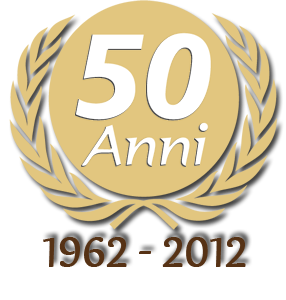
 A VAT tax warehouse is a authorized facility by the financial administration to produce, process, hold, receive or ship goods subject to excise duty under suspension of excise duty, that is, without yet having paid the excise duty on these products through the application of mechanism of "reverse charge"; the objective is to ensure a tax advantage in commercial exchanges.
A VAT tax warehouse is a authorized facility by the financial administration to produce, process, hold, receive or ship goods subject to excise duty under suspension of excise duty, that is, without yet having paid the excise duty on these products through the application of mechanism of "reverse charge"; the objective is to ensure a tax advantage in commercial exchanges.
In order to be deposited in a VAT tax warehouse, the goods must originate and come from a country of the Community, or from a country outside the EU, provided that they have been released for free circulation with an import operation that ultimately it has disposed of any duties . Therefore, goods that can be introduced under the VAT tax warehouse are:
· National and Community goods are not intended for retail sale in their stock: the entry is made in an administrative document or commercial transport that contains all the necessary data for identification of the goods;
· Non-Community Goods previously released for free circulation with the payment of duty:
is required for entering the customs document (SAD).
The goods can be placed under the customs warehousing VAT, considering introduced to the occurrence of any of the following conditions:
· physical entry of the goods in the VAT warehouse;
· physical input of the means of transportation in the store, without the goods being unloaded necessarily;
· that the goods reach spaces adjacent to the VAT warehouse, where they are physically carried out the provision of services, without payment of tax.
 The goods introduced into free circulation, if they are kept in a VAT warehouse, should be covered under warranty until it is shown that when the extraction tax has been paid. Importers are exempt only had the status of Community relevance of Authorised Economic Operator (AEO) and the holders of the exemption provided for in Article 90 of the Presidential Decree. 43/1973 of TULD.
The goods introduced into free circulation, if they are kept in a VAT warehouse, should be covered under warranty until it is shown that when the extraction tax has been paid. Importers are exempt only had the status of Community relevance of Authorised Economic Operator (AEO) and the holders of the exemption provided for in Article 90 of the Presidential Decree. 43/1973 of TULD.
The warranty for goods imported for free circulation and introduced into a VAT warehouse, without payment of the tax, must be paid by the importer, by the registrant or a third party.
The party submitting the request for exemption, makes a statement in lieu of certification (controlled by the Customs in cases of reasonable doubt) with which declares the absence of pending charges for tax purposes, aware of the loss of any benefits resulting from legislative measure on the basis of false declarations.
The legislator with the D.L. n. 138/2011 provides that the extraction of the goods from the VAT warehouse can be made only by persons who are enrolled in the Chamber of Commerce at least a year, demonstrating the effective operation and proving regularity of VAT payments. Upon extraction, the goods may be the subject of an internal transacyions, or intra-Community transactions or export transactions.
If the goods are extracted in the territory of the Italian State, the operator will arrange to the satisfaction of VAT by the issue of a self-invoice referring to the extremes of the customs document. If the goods have previously been released for free circulation in the self-invoice must indicate the references of the customs declaration of imports, the taxable amount and the tax thereon. Where the goods however, have been subject of a previous purchase without VAT tax, the operator must provide for the integration of the invoice received, and already recorded, indicating the charges for any services rendered.






